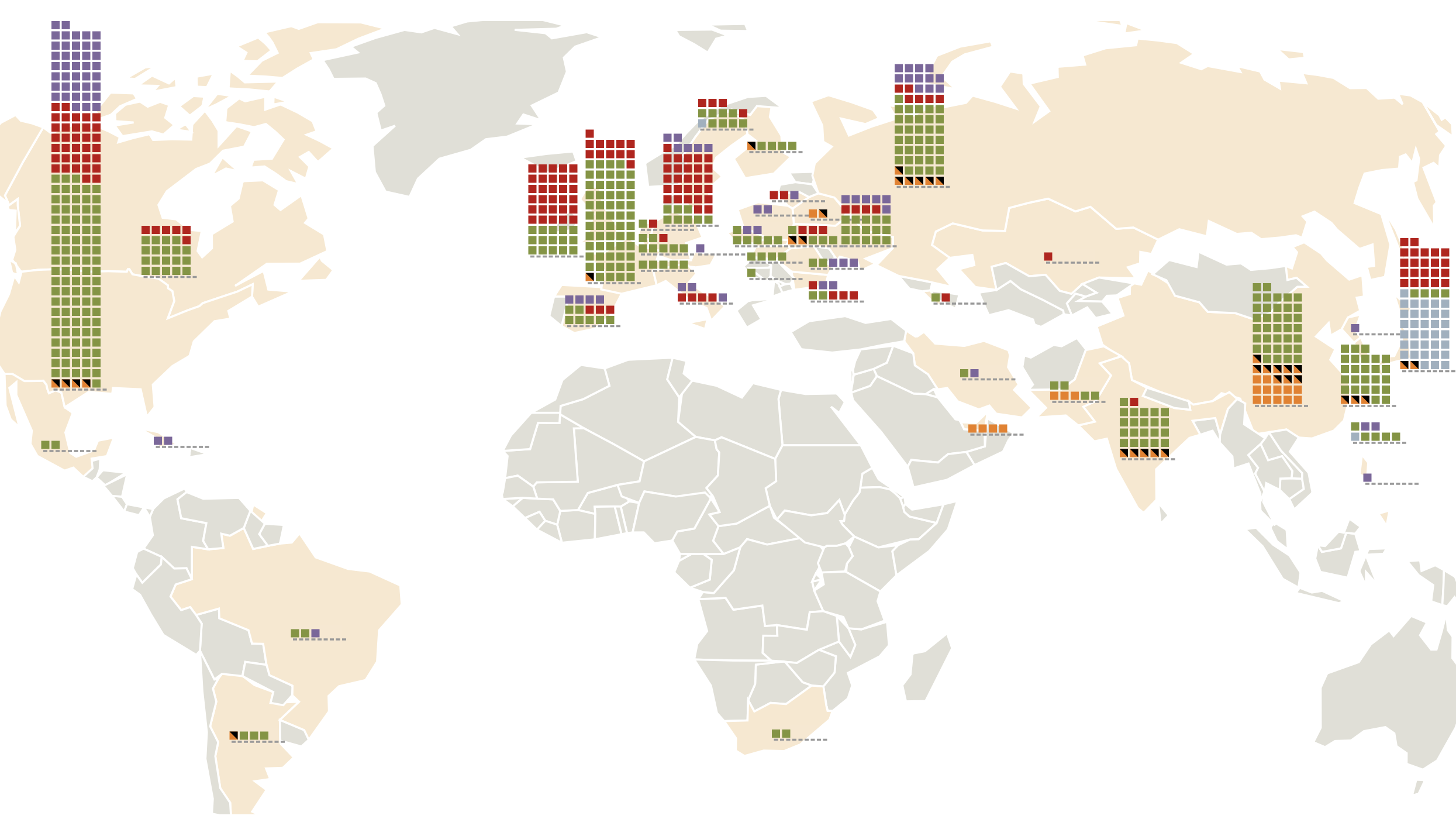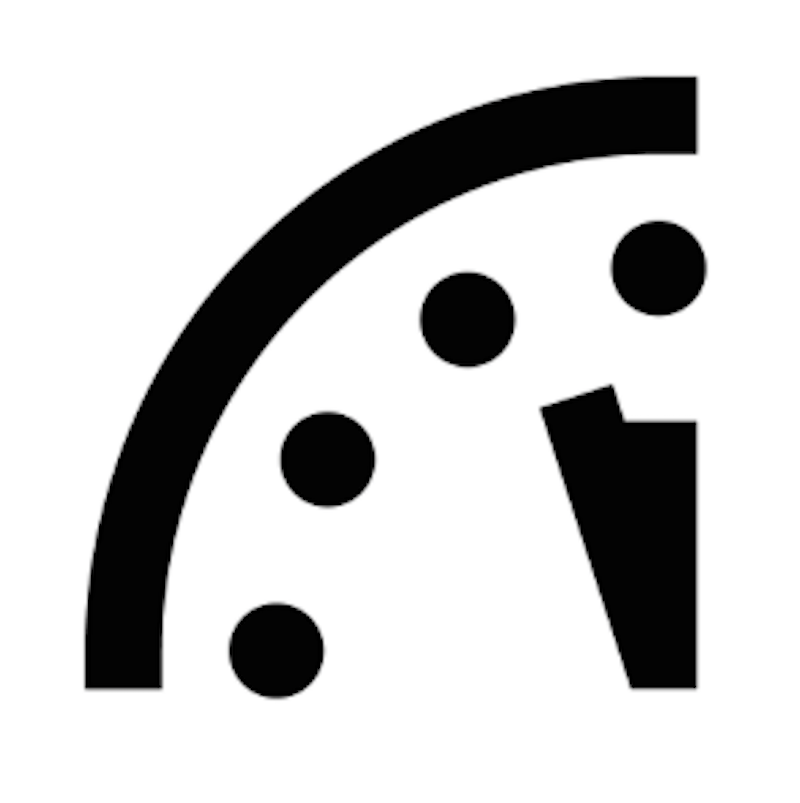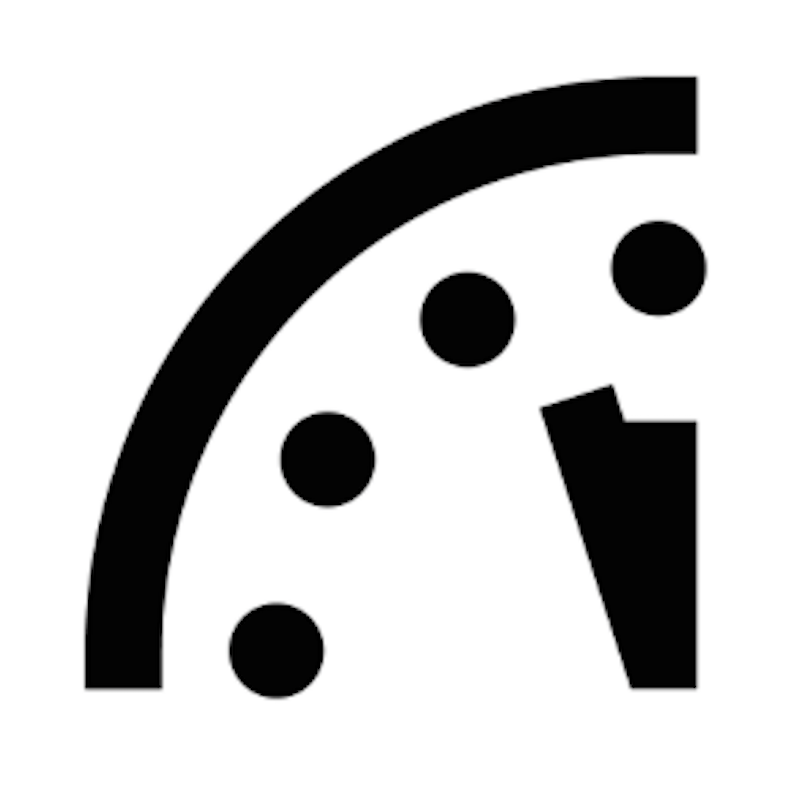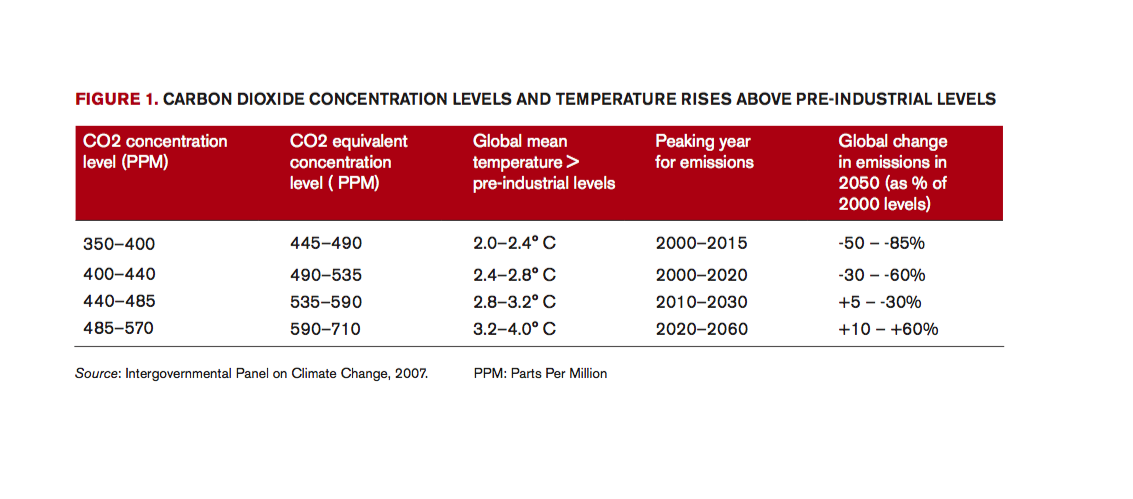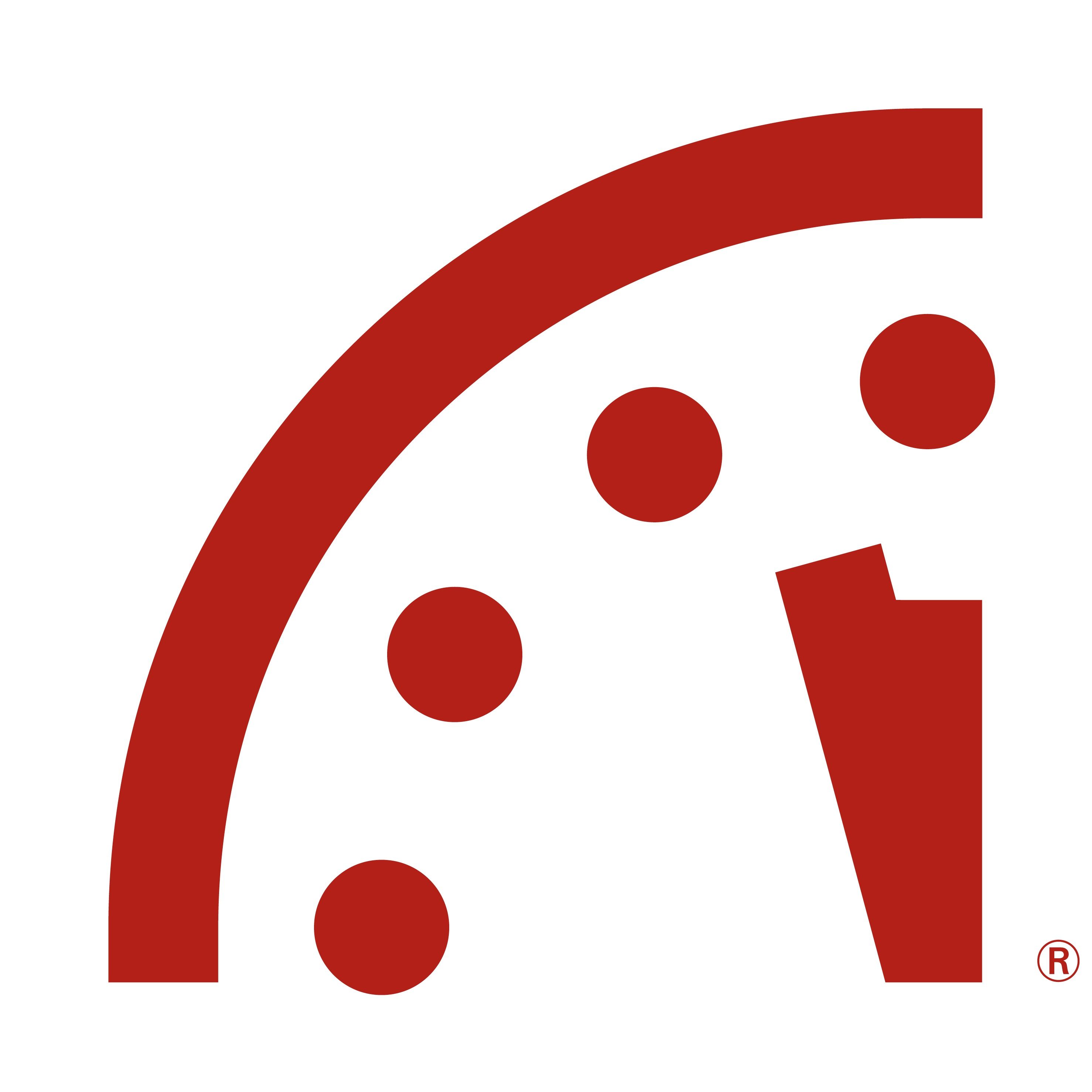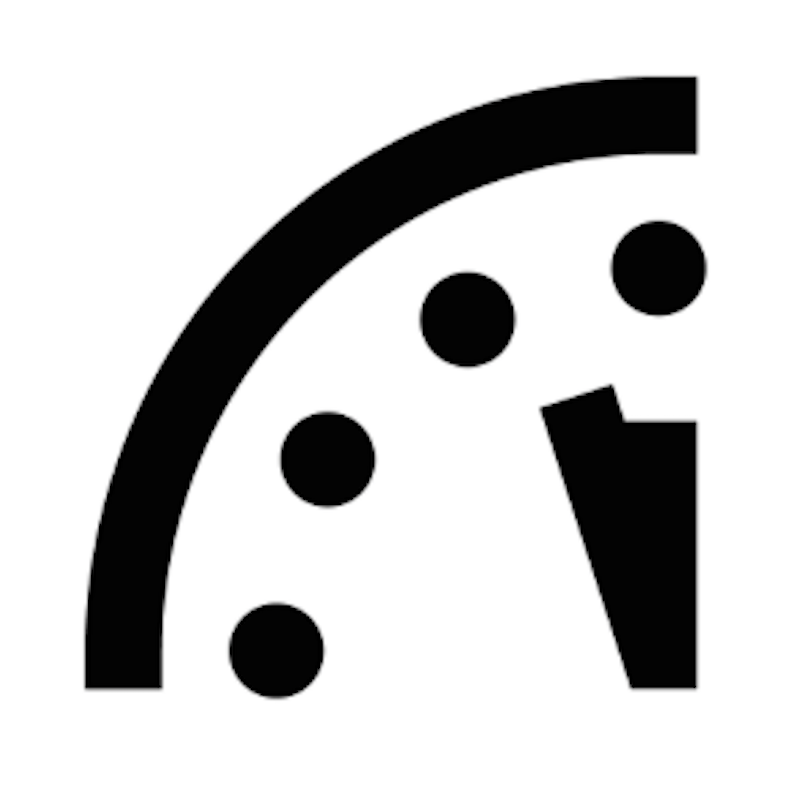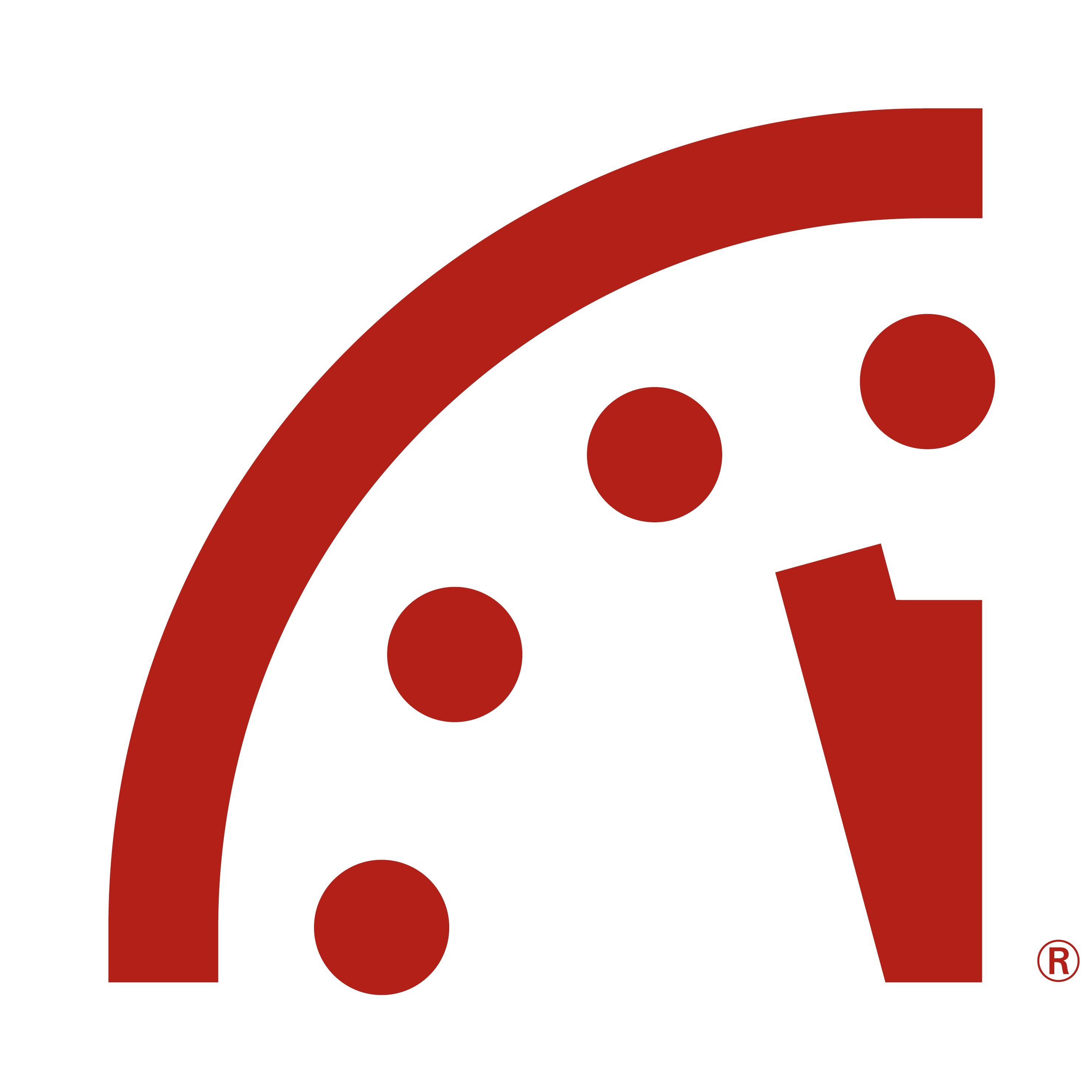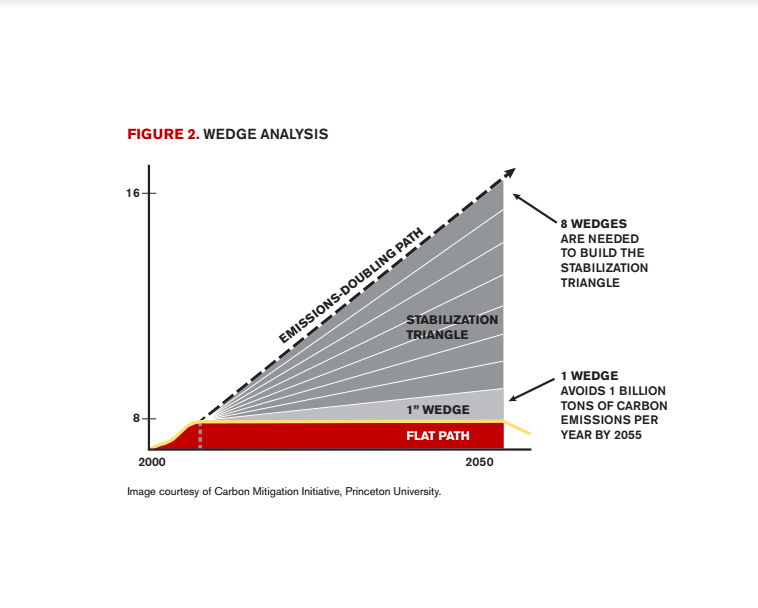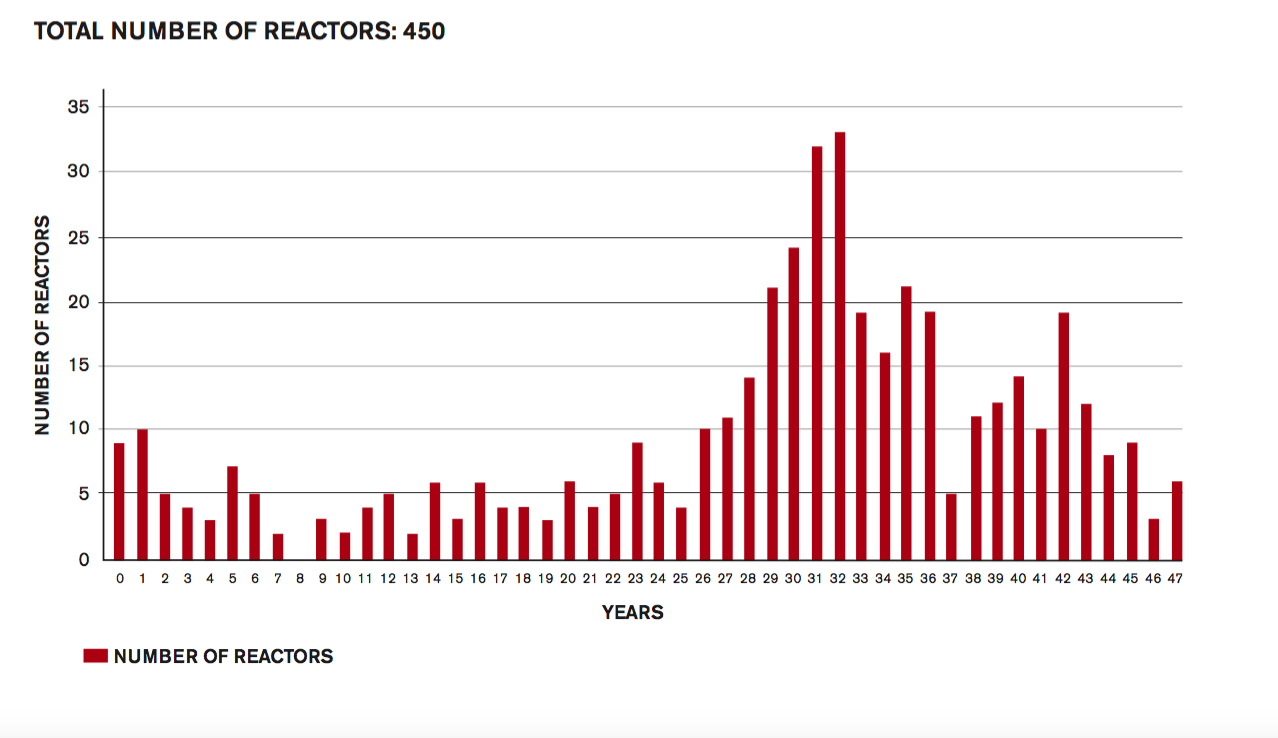Introducing the Lesson:
- When you hear the words "nuclear power," what do you think?
- Is this a term you hear every day?
- Do you think positive or negative things when you hear this term?
- Can you come up with a definition?
- Watch "Meet the Journalist: Rachel Bronson" and explore the interactive Global Nuclear Power Database.
- Does this video impact your definition of "nuclear power?"
- According to Dr. Bronson, what are the pros and cons of relying on nuclear power to combat climate change?
- What are the trends in construction and use of nuclear reactors? What might be driving those trends?
Reading the Special Issue of the Bulletin of the Atomic Scientists:
- Read "Nuclear Power and the Urgent Threat of Climate Change" by John Mecklin and discuss the following questions as a class.
- Why did the Bulletin of the Atomic Scientists publish this special issue?
- Who was chosen to write articles in this issue? Why are they considered an expert on the subject?
- Why should the current administration consider the opinions of experts when crafting policy?
- Divide into seven groups. Each group will read one of the articles from the special issues. All of the articles are available in the "Resources" section of the lesson.
Presenting:
- After everyone in the group finishes reading the article, discuss these questions as a group.
- What is the main argument?
- What evidence does the author use to support that argument?
- What assumptions are made?
- What types of sources are cited?
- Do you agree with the author's conclusions? Does the author make a compelling argument?
- Design a five-minute presentation for the class that presents the main points of the article and addresses the questions the group discussed.
- Present to the class and take notes when you listen to the other groups present.
- As a class, create a pro and con list for using nuclear power as a way to reduce greenhouse gas emissions.
- Have your initial impressions about nuclear power have changed and if yes, how so?
Letter Writing:
- Based on everything you read and heard, determine your position on using nuclear power to address climate change. Write one or two paragraphs expressing your opinion and citing evidence from the articles to support it.
- Use that as the basis for a persuasive letter to a politician about what nuclear power policies you think the United States government should adopt. Do some research and determine whom you think you should send your letter to. Consider which officials are involved in making climate change, energy, and nuclear power policy and who your local politicians are.
- When writing your letter, remember:
- This is a formal letter. Include addresses and the date at the top of your letter. Make sure to address the person by their proper title. Avoid abbreviations, use correct grammar, and use courteous language.
- Clearly describe who you are and why you are writing.
- Provide a concise description of your policy recommendations with evidence. You can cite the Bulletin or other expert sources that you have identified.
- Think about possible objections and address them in your letter as part of your argument.
- Address a stamped envelope and insert your letter. Mail the letter yourself or give them to your instructor to mail.
If you want to learn more about the Bulletin of the Atomic Scientists and its mission, visit its website.
Assign the reading, presentation creation, and letter writing as homework for the students to save class time for presentations and discussions.
If you want to spend more time exploring persuasive writing, use the letter writing as a workshop opportunity. Have students bring a draft of their letters to class and assign them a partner. Have each person read the other's letter and write comments about the content, the evidence cited, the grammar, etc. Repeat this exercise until everyone has at least three reviews. Students will then revise their letters before sending them.
If possible provide students with an envelope and stamp. You can collect their letters to ensure they are mailed. Make sure students provide you with a copy of their letters.
Some ideas of whom to send letters to:
The President of the United States
The Secretary of Energy
Assistant Secretary of Energy for Nuclear Energy
Members of the Energy and Commerce Committee (House)
Members of the Subcommittee on Energy (House)
Members of the Subcommittee on Environment (House)
Members of the Subcommittee on Energy (Senate)
Members of the Subcommittee on Clean Air and Nuclear Safety (Senate)
Your local representative and senators
